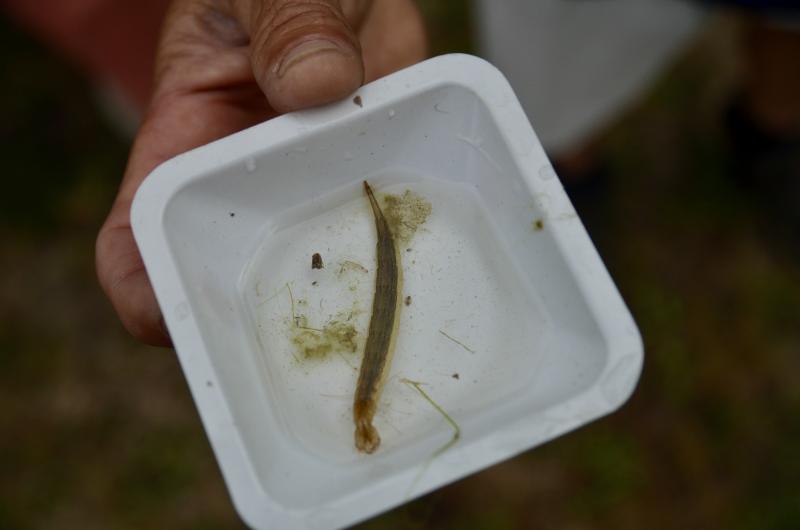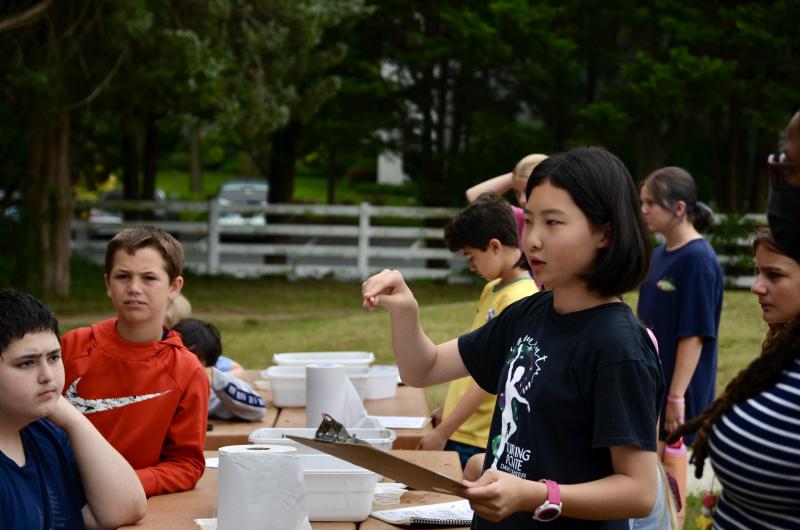SOLA3 sponsors Rehoboth Elementary exploration for 13th year
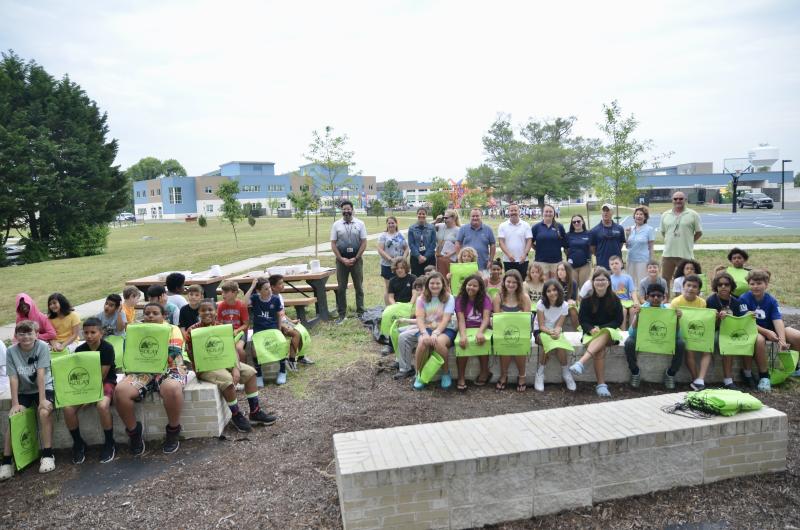
Celebrating its 20th anniversary Sept. 14, Save Our Lakes Alliance3 has continued its mission of preservation and education, including its long-standing relationship with Rehoboth Elementary.
Jacquie Kisiel brought her fifth-grade students outside June 5 to get to know the fresh body of water that borders the school.
Silver Lake was formed by glaciers long ago and is one of only three natural bodies of freshwater in Delaware. Unfortunately, neglect has not only made jurisdiction murky, but has also muddied the closest freshwater lake to the Atlantic Ocean in the United States.
“Under state ownership, it’s [the Delaware Department of Natural Resources and Environmental Control] who has the primary responsibility for maintaining and protecting the lakes, but they don’t always do a great job,” said SOLA3’s Sallie Forman. “We have been working with them and other organizations to improve the lake’s environment, and we’ve made some progress, but we have a long way to go.”
One of those organizations is Envirotech Environmental Consulting Inc., which SOLA3 has partnered with to engage with the fifth-graders and raise awareness about Silver Lake’s situation.
“To be able to bridge in what we do for a living into the stewardship of the general society and community is very rewarding,” Envirotech President Todd Fritchman said. “In fact, to watch the inquiry-based learning process take place is also rewarding. One of the first students that approached the setup this morning came running up, full speed, and he stopped dead in his tracks at one of the sampling trays.”
Fritchman said the student asked what everything was, kicking off the exact curiosity the certified science teacher looks for during these exercises. Classes began with an explanation of how students should analyze two water samples, one from the polluted Silver Lake and one from a healthy body of freshwater.
Right off the bat, students saw how murky and algae-filled the water from Silver Lake was while observing clearer water from the other source. As they sifted through the murky water filled with vegetation, they found signs of an unhealthy ecosystem, such as trueflies, in the Silver Lake samples while discovering healthy indicators in the cleaner sample. Mayfly nymphs, tadpoles and crawfish allowed them to observe what vitality in a freshwater ecosystem should look like.
“Throughout the water samples, we found some crawfish, a really big tadpole and a ton of snails – some were going in and out of their shells,” Carter Nelson said. “We also saw a lot of boatsmen, they were really hard to catch since they are very tiny and extremely fast, and we found a dragonfly nymph.”
Students also recalled a previous scientific exploration.
“On the Smyrna trip, we examined fish – what they were, how they defend themselves – and this time we’re learning about the same type of things but learning what they do in the lake,” Owen Blondin said.
Kisiel, a Presidential Award for Excellence in Mathematics and Science Teaching finalist, said it's a big hit for the kids.
“They love it!” Kisiel said. “They can’t believe that the nymphs turn into the adults we see flying around.”
She believes it inspires them to take action.
“They want to become stewards of the environment, especially since it’s right in their backyard,” Kisiel said.
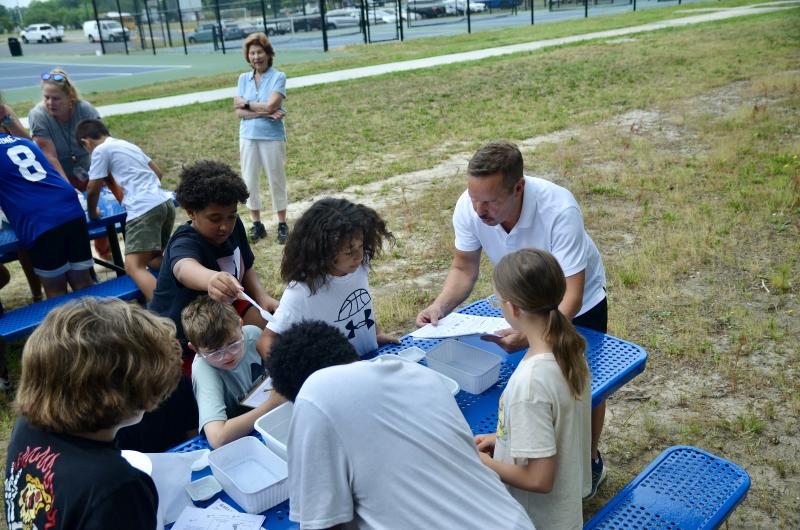
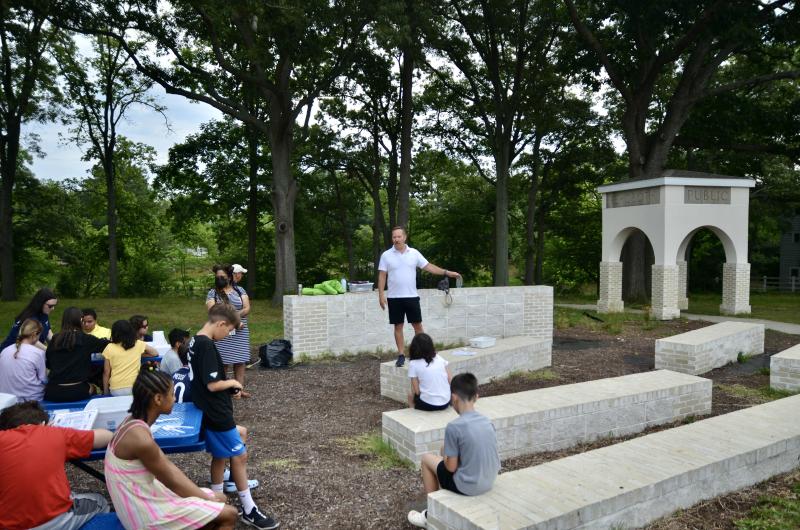
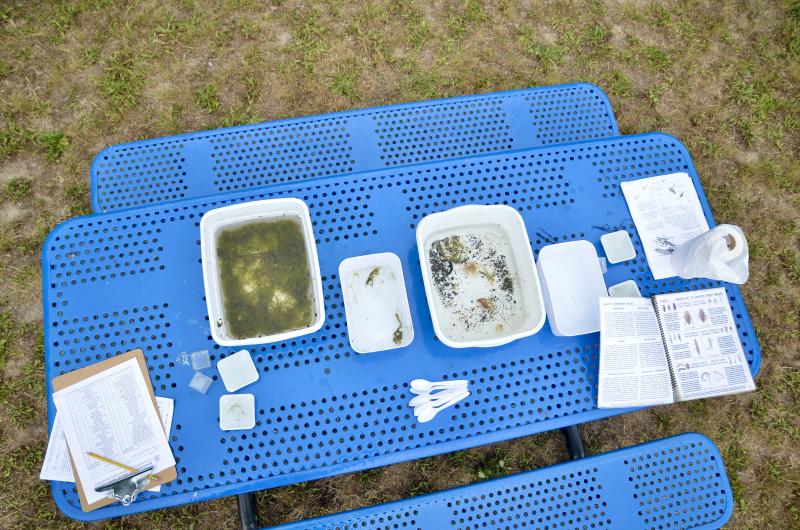
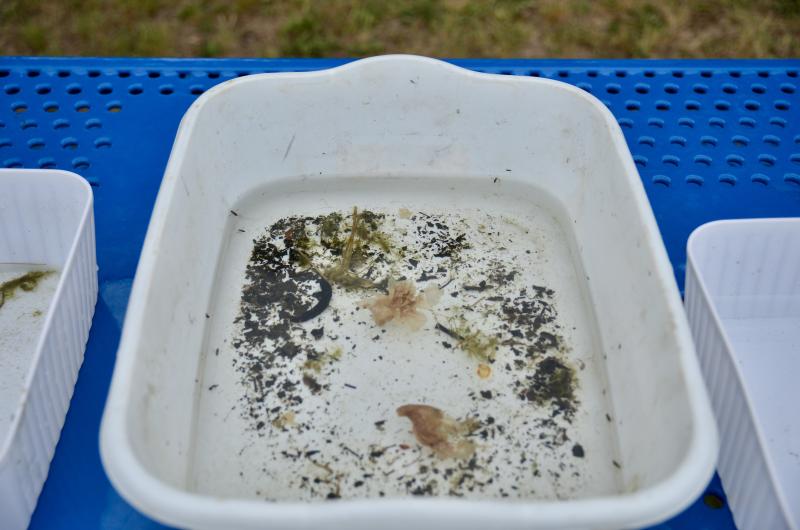
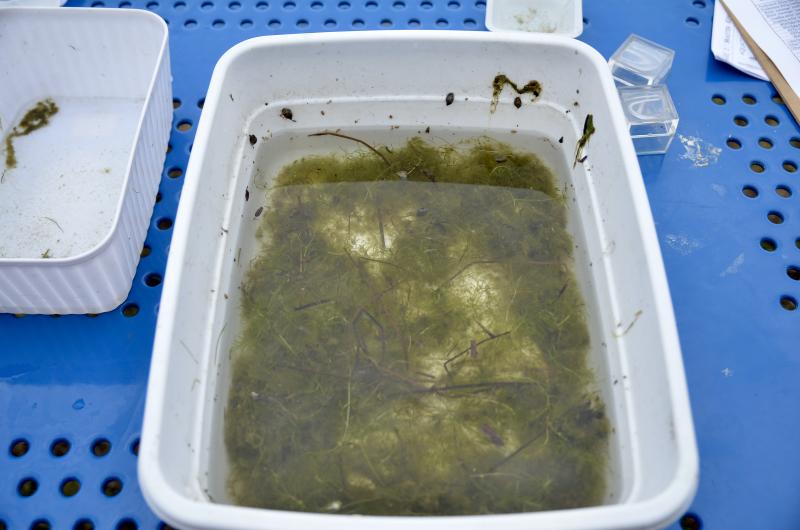
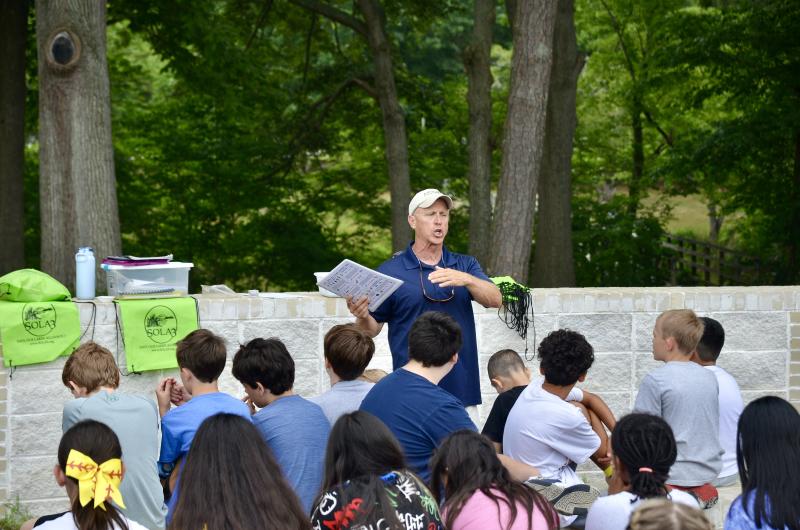
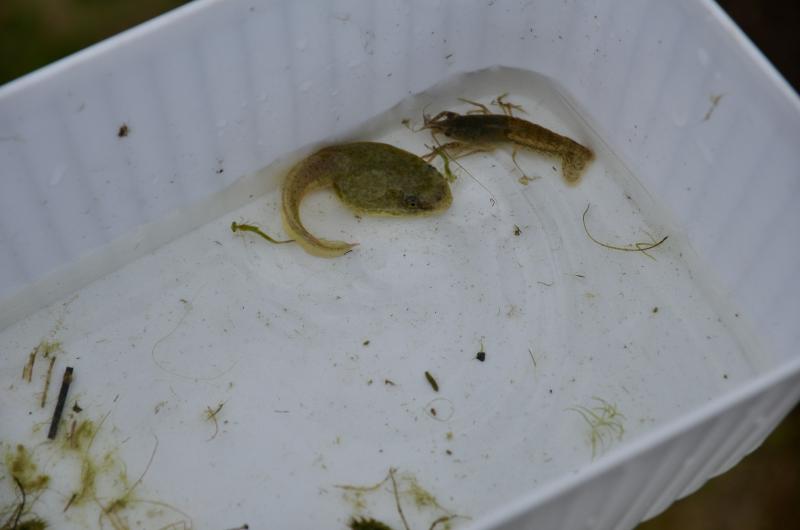
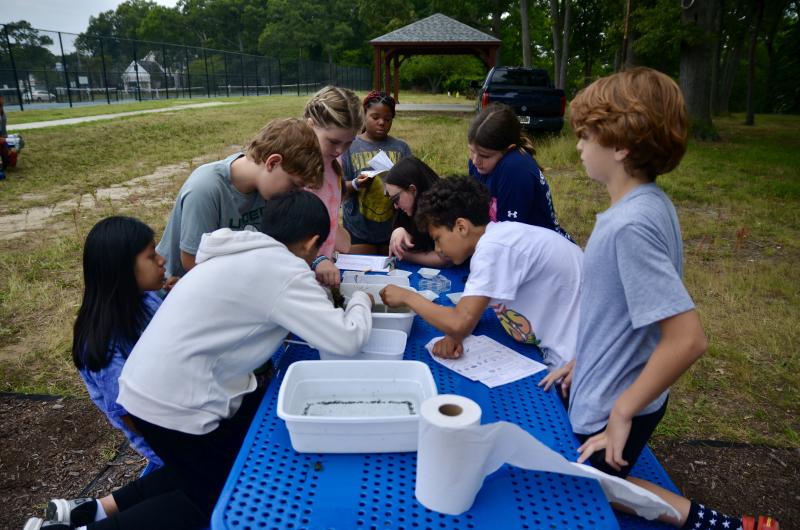
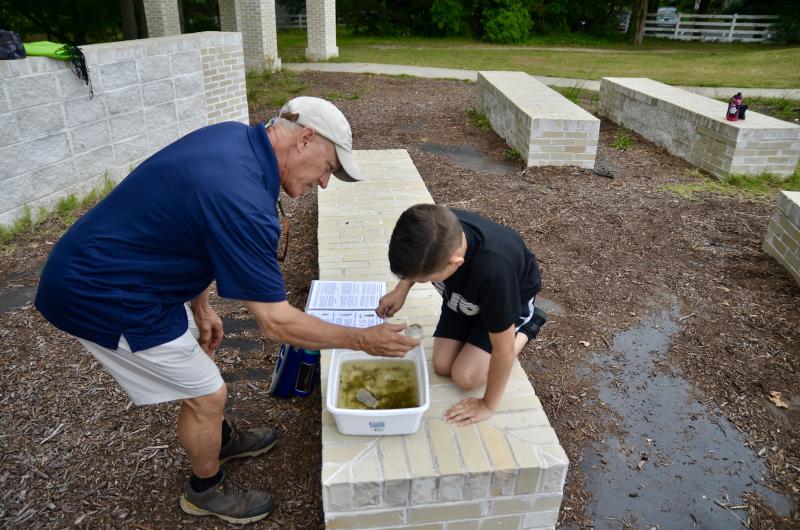
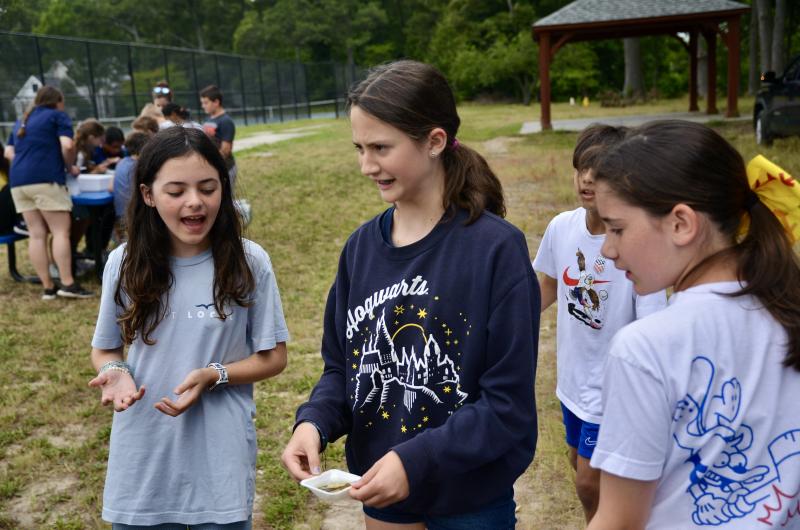
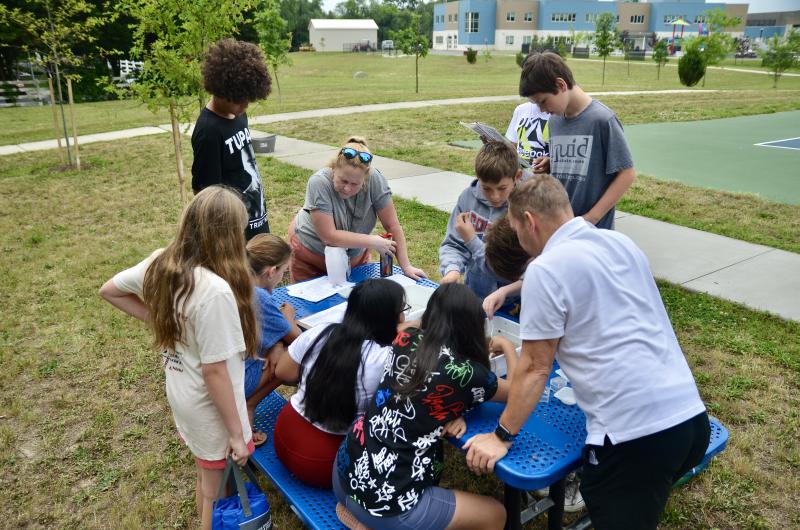
Aaron Mushrush joined the sports team in Summer 2023 to help cover the emerging youth athletics scene in the Cape Region. After lettering in soccer and lacrosse at Sussex Tech, he played lacrosse at Division III Eastern University in St. David's, PA. Aaron coached lacrosse at Sussex Tech in 2009 and 2011. Post-collegiately, Mush played in the Eastern Shore Summer Lacrosse League for Blue Bird Tavern and Saltwater Lacrosse. He competed in several tournaments for the Shamrocks Lacrosse Club, which blossomed into the Maryland Lacrosse League (MDLL). Aaron interned at the Coastal Point before becoming assistant director at WMDT-TV 47 ABC in 2017 and eventually assignment editor in 2018.











